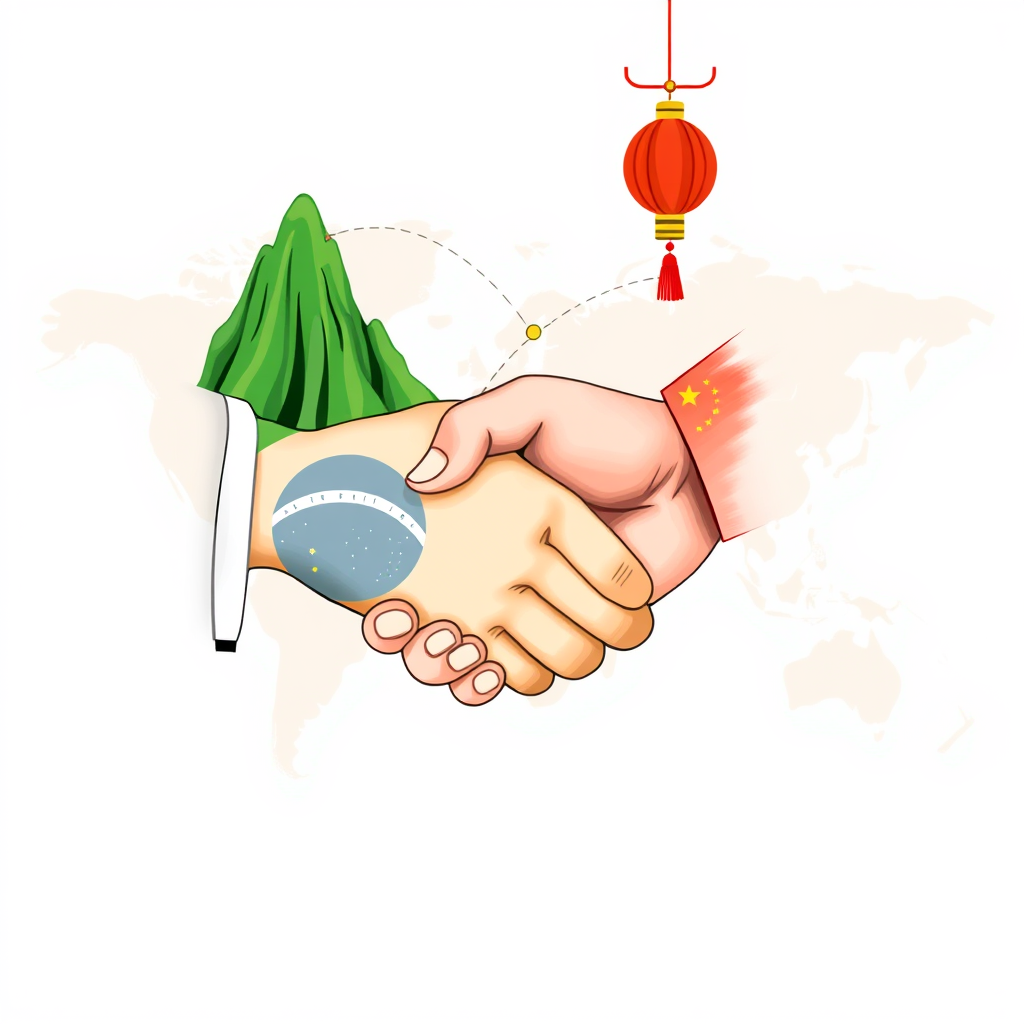Brazil & China Cozy Up, Eyeing Trump Era

Brazil and China are rapidly strengthening their strategic partnership, highlighted by a series of high-level meetings between President Luiz Inácio Lula da Silva and Chinese President Xi Jinping. Lula is scheduled to travel to China next month for his third meeting with Xi since taking office in early 2023, with a fourth already planned for July, signaling a deliberate effort to deepen ties.
This accelerating diplomatic engagement isn’t occurring in a vacuum. A Brazilian diplomat, speaking on condition of anonymity, characterized the warming relationship as a pragmatic response to the perceived unpredictability of U.S. trade policies under Donald Trump. The diplomat framed Brazil’s actions as “risk reduction,” acknowledging a growing sense that reliance on a single major trading partner carries inherent vulnerabilities.
“The natural path is to look for alternatives, and China is one of them,” the diplomat explained. Brazil is simultaneously pursuing trade agreements with the European Union and bolstering cooperation within the BRICS economic bloc, diversifying its economic relationships.
The increased engagement builds on momentum established last November when Xi and Lula formally upgraded diplomatic relations and signed over three dozen agreements covering crucial sectors like infrastructure, energy, and agriculture.
Lula’s upcoming trip includes a meeting in Beijing on May 13 with Chinese officials and leaders from across Latin America and the Caribbean, where a private meeting with Xi is anticipated. Xi is also confirmed to attend the BRICS summit in Rio de Janeiro in July and is expected to visit Brazil again in November for the United Nations climate summit, bringing with him an estimated 1,000 Chinese business leaders.
This clear prioritization of the China-Brazil relationship reflects a broader trend of nations seeking to hedge their bets in a shifting global landscape. While Brazil maintains economic ties with the United States, the pursuit of stronger bonds with China demonstrates a calculated effort to secure economic stability and explore alternative avenues for growth, particularly given the uncertainties surrounding future U.S. trade policy. It’s a strategic move that underscores the increasing multipolarity of global economics and the diminishing reliance on traditional power structures.